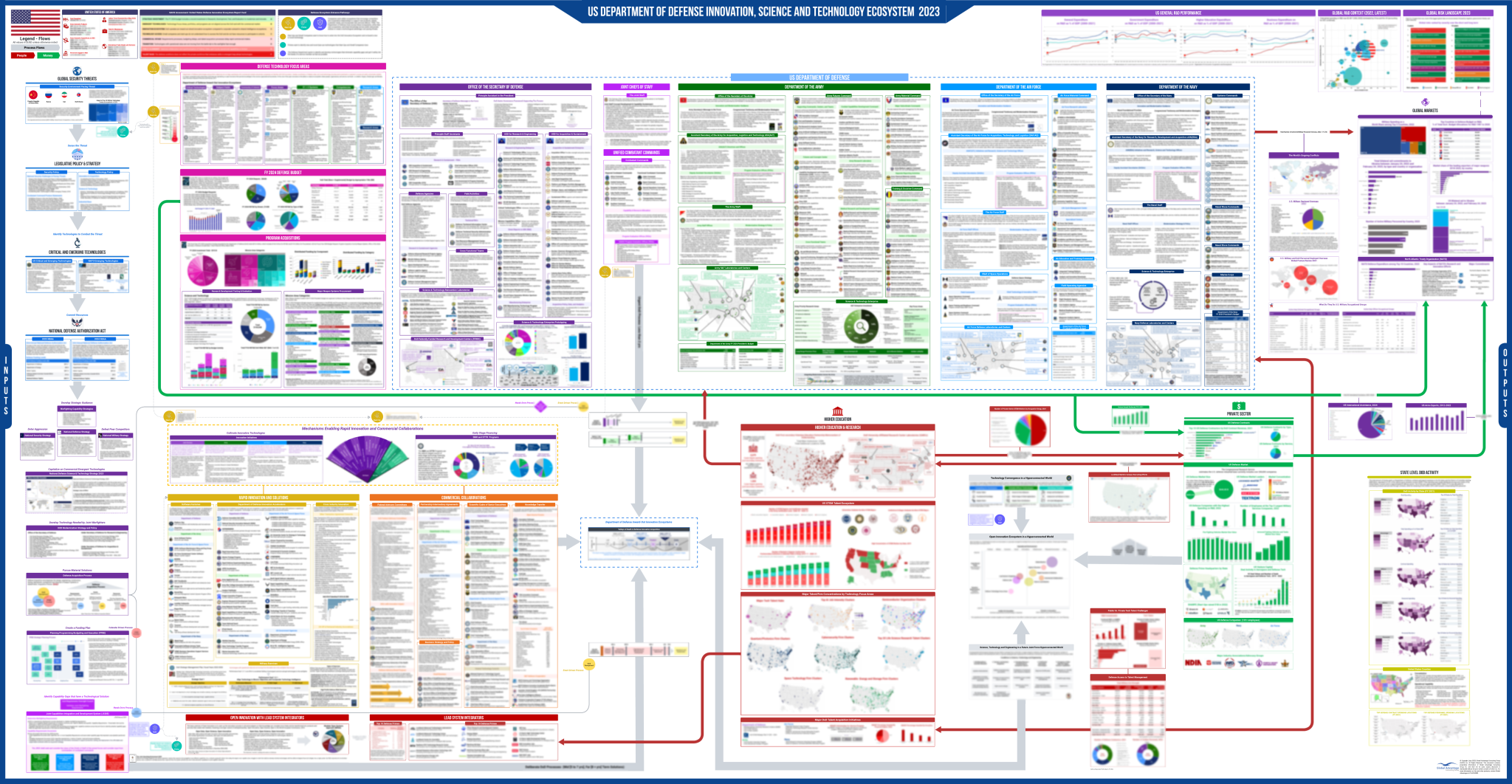We compliment your Capture Management Processes
1. Identifying Opportunities
Capture management begins with identifying potential business opportunities, such as government contracts, that align with a company’s capabilities and objectives. This includes monitoring government requests for proposals (RFPs), contract opportunities, and market trends.
2. Market Analysis
Companies need to conduct in-depth market analysis to understand the competitive landscape, customer requirements, budget constraints, and regulatory compliance within the defense sector. This analysis helps in assessing the feasibility and attractiveness of pursuing a particular opportunity.
3. Qualifying Leads
After identifying potential opportunities, the company qualifies them to determine if they are worth pursuing. This involves assessing factors such as the potential contract value, alignment with the company’s core competencies, and the likelihood of success.
4. Assembling a Capture Team
A dedicated capture team is formed, comprising experts in areas like business development, program management, technical expertise, and proposal writing. This team collaborates to strategize and execute the capture process effectively.
5. Developing a Capture Plan
A detailed capture plan is created, outlining the steps to be taken, responsibilities, timelines, and strategies for winning the contract. The plan covers how the company will position itself, differentiate from competitors, and build relationships with key stakeholders.
6. Relationship Building
Building relationships with key decision-makers and stakeholders within the DoD is a crucial aspect of capture management. This includes engaging with government officials, end-users, and potential partners to gain insights and influence the contract award.
7. Competitive Analysis
Understanding the competition is essential. The capture team conducts a thorough analysis of competitors, their strengths, weaknesses, and strategies to develop a competitive advantage.
8. Solution Development
Companies work on developing the best solution or proposal to meet the customer’s needs. This may involve the design of innovative technologies, systems, and services that align with the contract requirements.
9. Cost Estimation
Accurate cost estimation is a critical aspect of capture management, as it ensures that the proposed solution aligns with budget constraints and provides value for the DoD.
10. Proposal Preparation
The capture team works on preparing a compelling proposal, which includes detailed technical, cost, and management plans, as well as a clear articulation of the company’s value proposition.
11. Risk Mitigation
Identifying and mitigating potential risks associated with the project is part of the capture management process. This involves demonstrating the company’s ability to manage risks effectively.
12. Presentation and Negotiation
In some cases, companies may need to present their proposal and negotiate contract terms with the DoD. The capture team plays a pivotal role in these phases.
13. Post-Submission Follow-Up
After submitting the proposal, the capture team remains engaged with the customer, addressing questions, providing clarifications, and maintaining a positive relationship with key decision-makers.
14. Award or Re-evaluation
If the company wins the contract, the capture management process transitions into contract management and execution. If the contract is not awarded, the capture team assesses the lessons learned and may continue to pursue future opportunities.
Contact Us
Our Address
Houston, Texas

